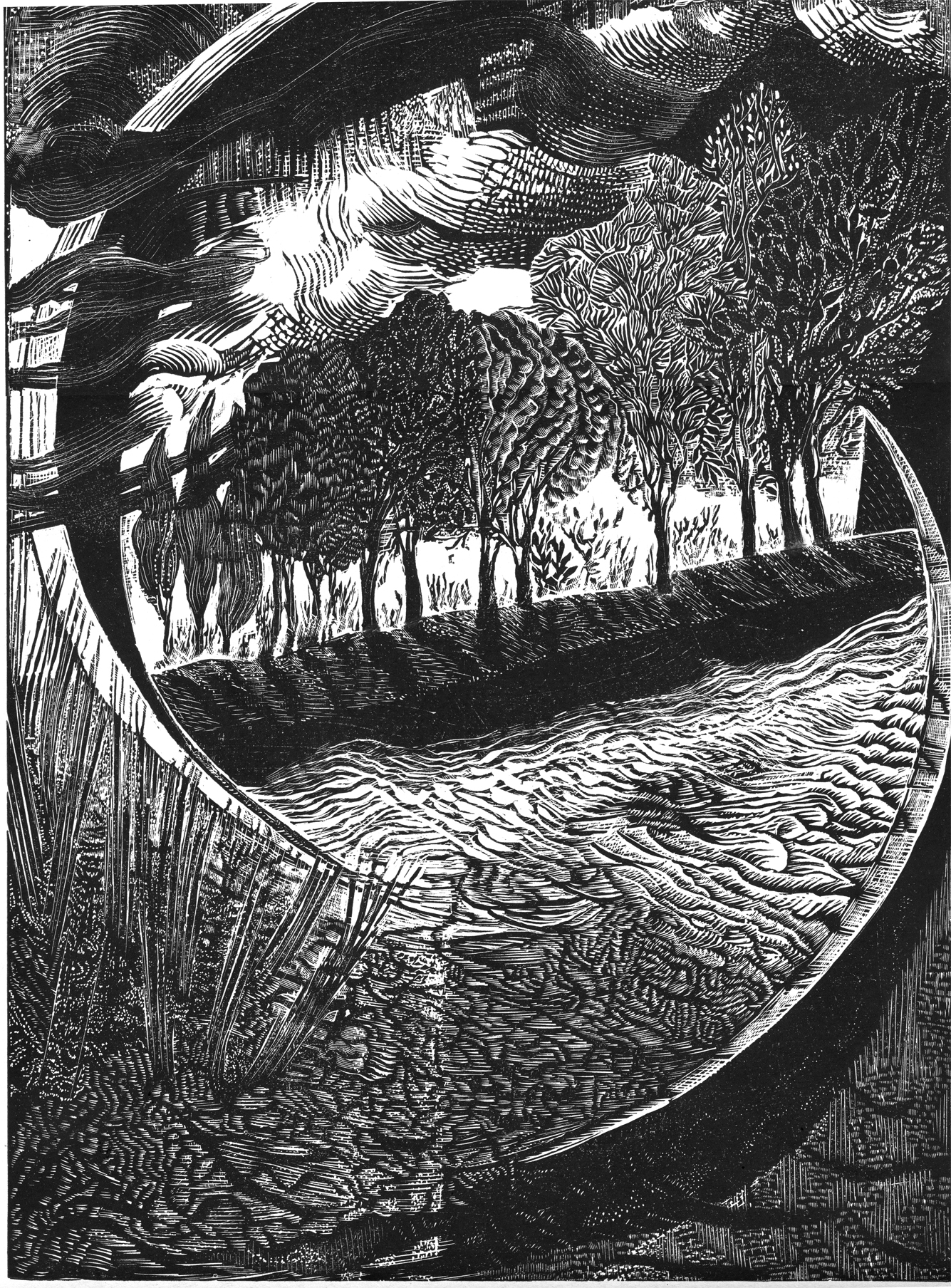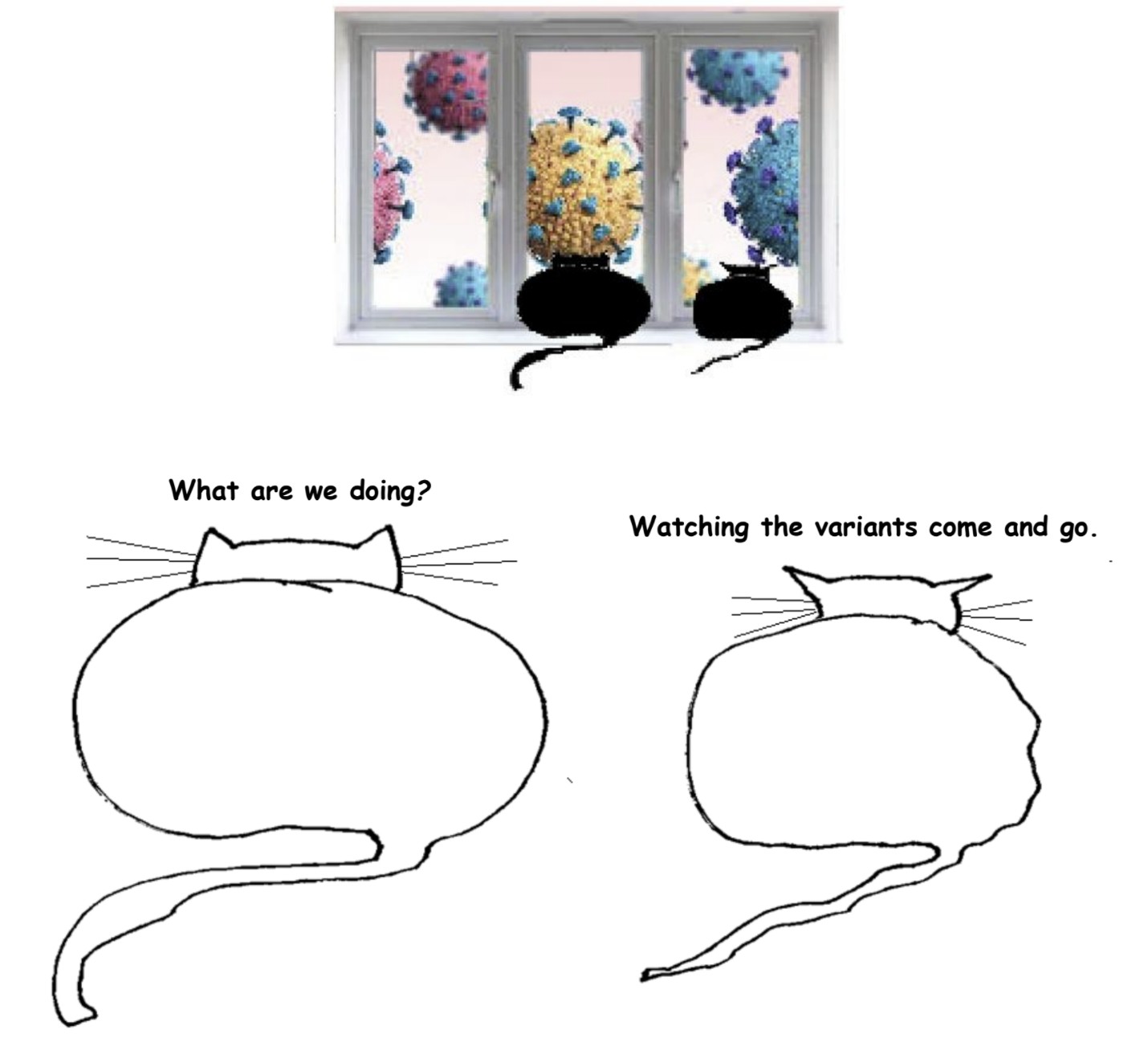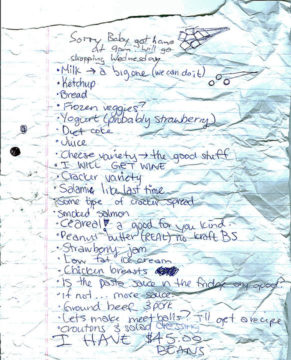by Jonathan Kujawa

But even my teacher would admit that’s not much of an upside. Certainly, I was more motivated by the sticker you got for hitting 100 than the counting itself.
Another downside is that you can’t count to every number. If you need to count to sixteen, you can do it with twos, but not fives or tens. This is fixable, though. We just need to agree that 1 can be included when we count, regardless of how we are counting. Then counting by fives turns into 16 = 15 + 1 or 16 = 10 + 1 + 1 + 1 + 1 + 1 + 1. If it makes you feel better, you can think of 1 as a sort of degenerate two, five, and ten.
With 1 in hand, we can count to any number we like, so the question becomes what are the fewest numbers we could use? To count to seven using twos, you could do it as 7 = 1+1+1+1+1+1 or 7=4+1+1+1, but plainly 7=6+1 is the smallest sum that works. But that question is still rather dull, to be honest. It seems counting is unavoidably boring.
Or is it?
I’m bummed my math education never got around to some of the interesting ways to count.
For example, how about the square numbers:
1, 4, 9, 16, 25, 36, ….?
The first question is if you can even use these to count. That is, can you get to any number you like by adding up squares? Sure. Since we have 1, we can always just count by ones. The real question is if we can do better. In 1770 Lagrange proved that every natural number (that is, 0, 1, 2, 3, 4, 5, 6, 7, …) can be written as a sum of four or fewer squares. For example, 14 = 9 + 4 + 1. In modern terms, we would state Lagrange’s theorem by saying that
w² + x² + y² + z²
is universal. Read more »

 A soft-spoken, self-effacing young man from Seoul may be the most listened-to living composer on the planet right now, with two blockbuster works of cinema and TV on his resumé. Not only did Jung Jaeil compose the score for the Oscar-winning Parasite, but his subsequent gig, Squid Game, has just stormed into the record books: Seen and heard by hundreds of millions by now, it has become a global phenomenon, another sign of South Korea’s approaching and encroaching hegemony over all things cultural.
A soft-spoken, self-effacing young man from Seoul may be the most listened-to living composer on the planet right now, with two blockbuster works of cinema and TV on his resumé. Not only did Jung Jaeil compose the score for the Oscar-winning Parasite, but his subsequent gig, Squid Game, has just stormed into the record books: Seen and heard by hundreds of millions by now, it has become a global phenomenon, another sign of South Korea’s approaching and encroaching hegemony over all things cultural. Mary Kuper. “… our curious type of existence here.”
Mary Kuper. “… our curious type of existence here.”







 A scar is a shiny place with a story.
A scar is a shiny place with a story. When I first attended the occasional Harvard-MIT joint faculty seminar I was dazzled by the number of luminaries in the gathering and the very high quality of discussion. Among the younger participants Joe Stiglitz was quite active, and his intensity was evident when I saw Joe chewing his shirt collar, a frequent absent-minded habit of his those days. Sometimes one saw the speaker incessantly interrupted by questions, say from one of the big-name Harvard professors, Wassily Leontief (soon to be a Nobel laureate). At Solow’s prodding I agreed to present a paper at that seminar, with a lot of trepidation, but fortunately Leontief was not present that day.
When I first attended the occasional Harvard-MIT joint faculty seminar I was dazzled by the number of luminaries in the gathering and the very high quality of discussion. Among the younger participants Joe Stiglitz was quite active, and his intensity was evident when I saw Joe chewing his shirt collar, a frequent absent-minded habit of his those days. Sometimes one saw the speaker incessantly interrupted by questions, say from one of the big-name Harvard professors, Wassily Leontief (soon to be a Nobel laureate). At Solow’s prodding I agreed to present a paper at that seminar, with a lot of trepidation, but fortunately Leontief was not present that day.
 In politics, business, and education, the issue of how to ensure proportional representation of groups is often salient. A salient issue, but usually an impossible task. Why?
In politics, business, and education, the issue of how to ensure proportional representation of groups is often salient. A salient issue, but usually an impossible task. Why?

 My books are arranged more or less the way a library keeps its books, by subject and/or author, although I don’t use call numbers. I also have various piles of current and up-next and someday-soon reading. In addition, I have a loose set of idiosyncratic categories that guide my choice of what to read right now, out of several books I’m reading at any given time. I choose books for occasions the way more sociable people choose wines to complement their menus.
My books are arranged more or less the way a library keeps its books, by subject and/or author, although I don’t use call numbers. I also have various piles of current and up-next and someday-soon reading. In addition, I have a loose set of idiosyncratic categories that guide my choice of what to read right now, out of several books I’m reading at any given time. I choose books for occasions the way more sociable people choose wines to complement their menus.